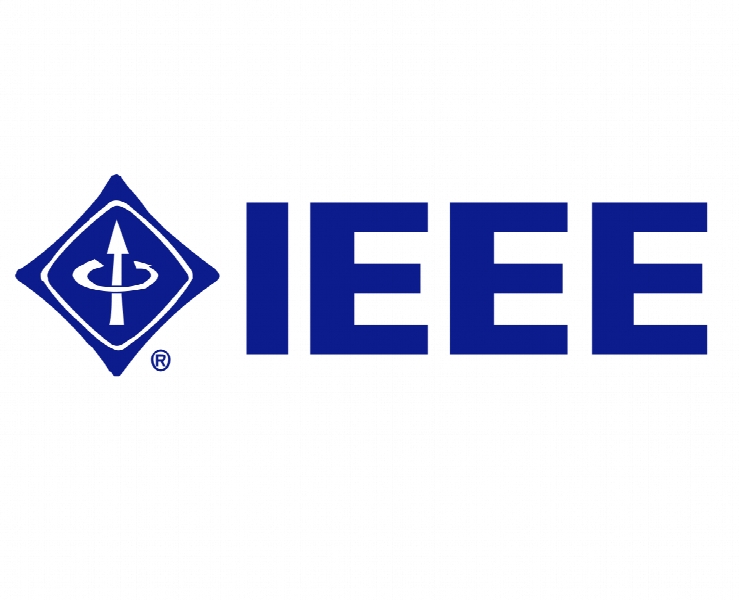گشتاور مستقیم و کنترل شار ماشین سنکرون مغناطیسی دائمی داخلی در ناحیه ضعیف شدن شار عمیق Direct torque and flux control of interior permanent magnet synchronous machine in deep flux-weakening region
- نوع فایل : کتاب
- زبان : انگلیسی
- ناشر : IEEE
- چاپ و سال / کشور: 2018
توضیحات
رشته های مرتبط مهندسی برق
گرایش های مرتبط مهندسی الکترونیک، تولید، انتقال و توزیع
مجله کاربردهای توان الکتریکی – Electric Power Applications
دانشگاه University of New South Wales – Australia
منتشر شده در نشریه IEEE
گرایش های مرتبط مهندسی الکترونیک، تولید، انتقال و توزیع
مجله کاربردهای توان الکتریکی – Electric Power Applications
دانشگاه University of New South Wales – Australia
منتشر شده در نشریه IEEE
Description
1 Introduction Among various control techniques, the direct torque control schemes are proven to provide simplicity, fast dynamic response and less parameter dependency compared to the current vector control schemes [1–4]. The classical direct torque control (DTC) scheme which uses hysteresis controllers and a switching table is widely used in driving electrical motors position sensorlessly, because the estimation of torque and flux can be carried out in the stationary reference frame [5]. However, one of the main drawbacks of classical DTC is the unavoidable large ripple in the torque and flux responses. As an alternative, a modified DTC scheme which reduces torque and flux ripples was proposed in [6– 8] for an interior permanent magnet synchronous machine (IPMSM) drive. The proposed method replaces hysteresis controllers and the switching table of classical DTC with a PI controller and space vector modulation. Even though this method is known to provide reduced flux and torque ripples, it is comparatively noisy and complex [7]. The modified DTC later evolved as direct torque and flux control (DTFC) scheme and gained the attention of the research community as it can provide far less torque and flux ripples while retaining the desirable features of classical DTC [9]. In the DTFC scheme, two PI controllers are used in order to regulate the torque and flux individually. Many high-performance industrial drives prefer interior permanent magnet synchronous motors due to their desirable characteristics such as high efficiency, flux-weakening capability and compact size. The flux-weakening capability is indeed an advantage to an IPMSM, because it allows the motor to achieve a wide speed range under the system constraints. Ability to operate in a wide speed range brings the benefit of efficient energy utilisation. Typically, trajectory control is implemented in IPMSM drives to achieve optimum torque performance at the constant torque and power regions [10–12]. Current vector controlled IPMSM drives use maximum torque per ampere (MTPA) trajectory, current and voltage limit trajectory and maximum torque per voltage (MTPV) trajectory defined on id–iq plane for the efficient operation of the motor over a wide speed range. It is noteworthy that the MTPV trajectory control can be applied only if the characteristic current (ratio of magnet flux-linkage over the daxis inductance) of the IPMSM is less than the rated current. If the characteristic current happens to be larger than the rated current, MTPV trajectory lies outside to the current limit circle in the id–iq plane as shown in Fig. 1a and cannot be incorporated in the control algorithm.


